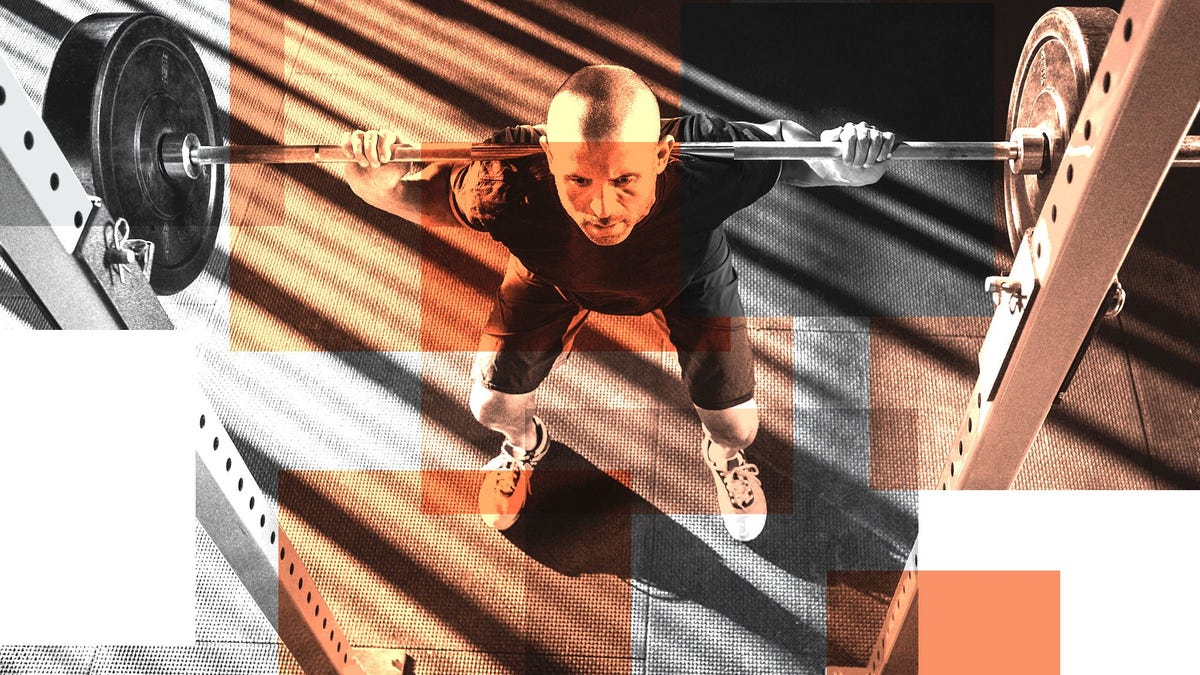
Are you doing your squats? Good. Squats are really, really important. But despite what your high school gym coach might believe, there are other exercises you can do, too. We asked some trainers for their input on how you can incorporate some badly-needed diversity into your legs day. (You're sure you're not skipping it, right? Okay, just checking.)
Idalis Velazquez: Banded pause front squats.
Place a mini band or hip circle band above your knees and around your thighs—this helps to activate the glutes and prevents the knee from collapsing inward. At the bottom of your movement, pause for for 3-5 seconds. This type of tempo training—regulating the time it takes to complete each phase of the movement—helps to increase strength and burn fat.
RELATED: Why You Need to Do More Cardio
More From GQ
Ben Booker: Box squats.
This exercise is a great and safe alternative to the standard squat. Sitting on the box at the bottom of the movement provides security for beginners, but it also lets experienced gym-goers add more weight than they would to a normal squat, allowing more muscle fibers to fire. Try this with dumbbells at your side, or a barbell resting on your traps (or back). Start with your feet shoulder width apart and drive your body weight through your heels as you descend to the box. Try to keep the chest tall, and maintain the same pace on the way down as on the way up.
Robin Arzon: Step ups-to-wall sit.
This exercise targets quads, hamstrings, and glutes. Use a surface high enough that your knee is at least at a 90-degree angle when you step onto it. The higher the box, the more glute and hamstring you’ll hit. Lower boxes will focus more on the quads. Try three sets of ten steps ups followed by a 60-second wall sit, to failure.
Jay Cardiello: Skier squats.
Stand tall with your feet and knees together. Lower your body until your thighs are parallel to floor, and hold that position for 30 seconds. Perform up to five sets, with a 30-second rest between each set... To increase the difficulty, perform [the workout] while standing on a pillow, Bosu ball, or sofa cushion, which helps develop stability and balance.
RELATED: 6 Bench Press Alternatives to Get You Sculpted for Summer
Gideon Akande: Squat jump to squat hold.
Skip the weights and perform a perfect body-weight squat, but at the top of the motion, push all the way through to get airborne. Land softly and pause once you reach the bottom of your squat. The jump doesn’t have to be high and the hold doesn’t have to be long. Your whole lower body should light up as you train your fast-twitch muscles to accelerate and decelerate.
Alexia Clark: Resistance-band Bulgarians.
Put a circle resistance band one shoulder and step on it with the opposite foot. Put your other foot back behind you up on a bench or step (as shown here). Keep your feet somewhat close together, though—this is a squat, not a lunge. When you come down, you should be pushing your hips back and staying on your heels.) Using a band adds both a negative and a positive resistance to the motion, and will strengthen your squat by isolating each glute separately.
Jennifer Forrester: Reverse lunges.
Reverse lunges are easier on the knees than squats. When you step back into the lunge, be sure your front thigh becomes parallel to the floor and your front knee is positioned directly over your ankle. Your back knee should be bent at a 90-degree angle and pointing toward the floor with your back heel lifted. Try adding a couple dumbbells to kick this exercise up a notch.




















